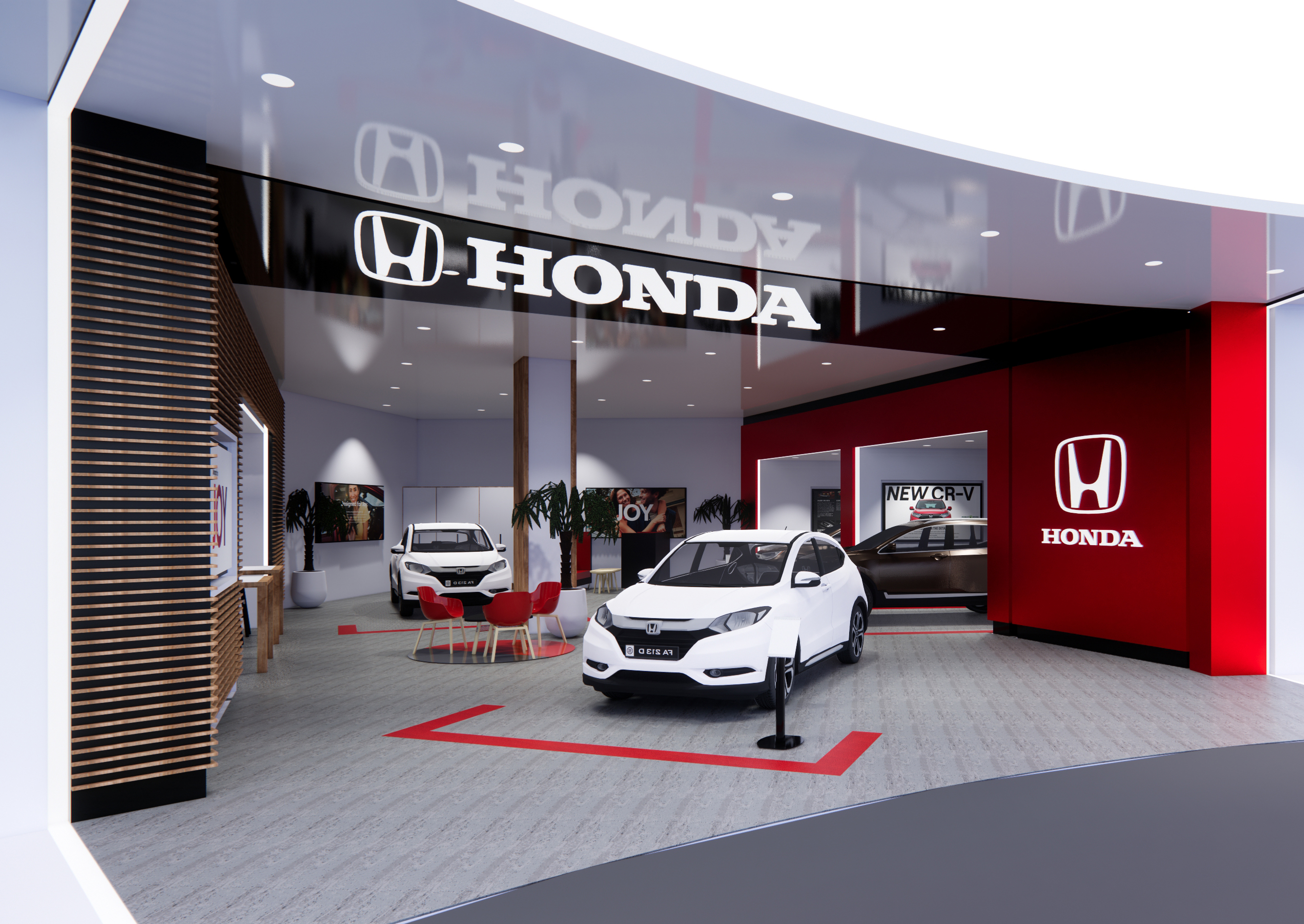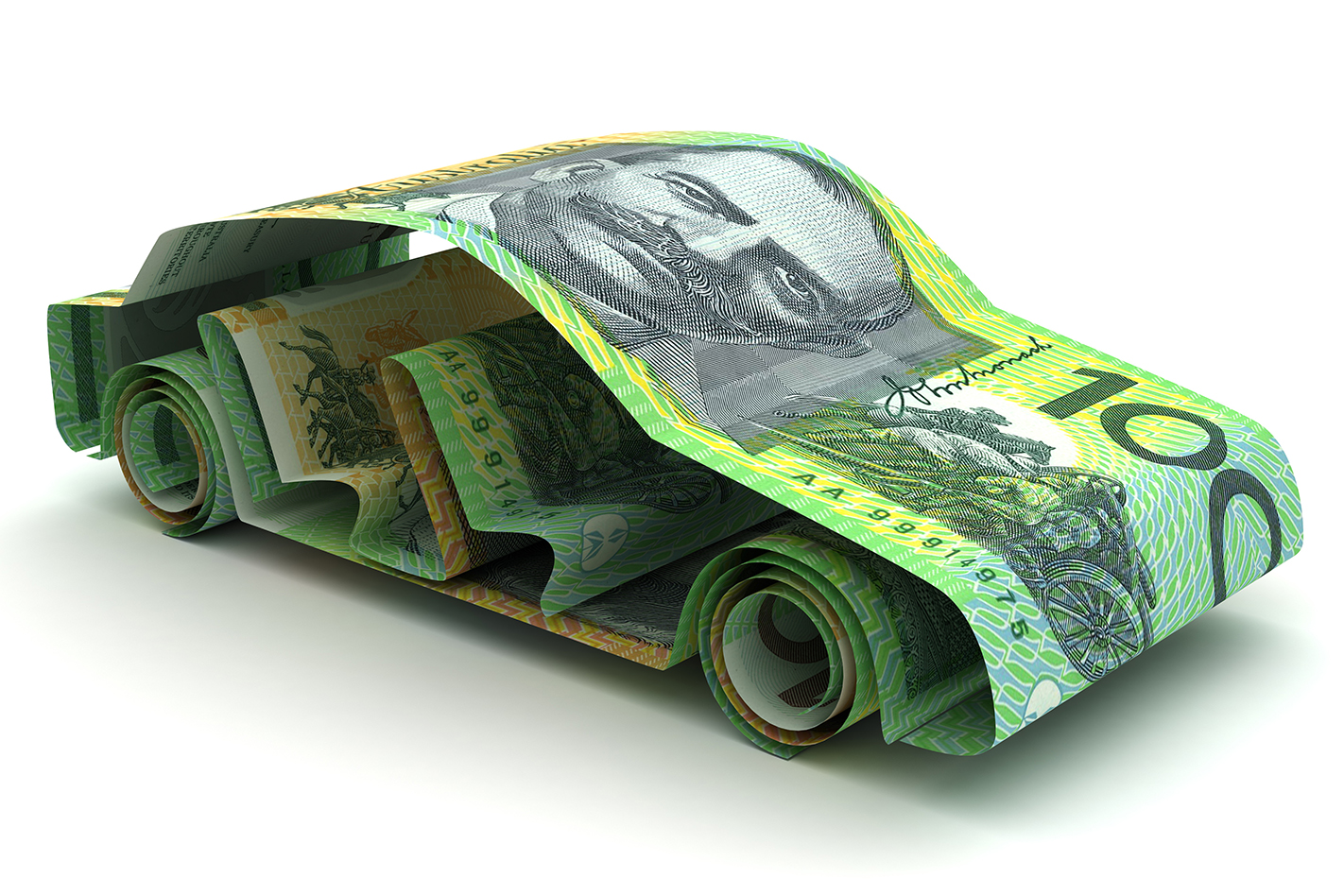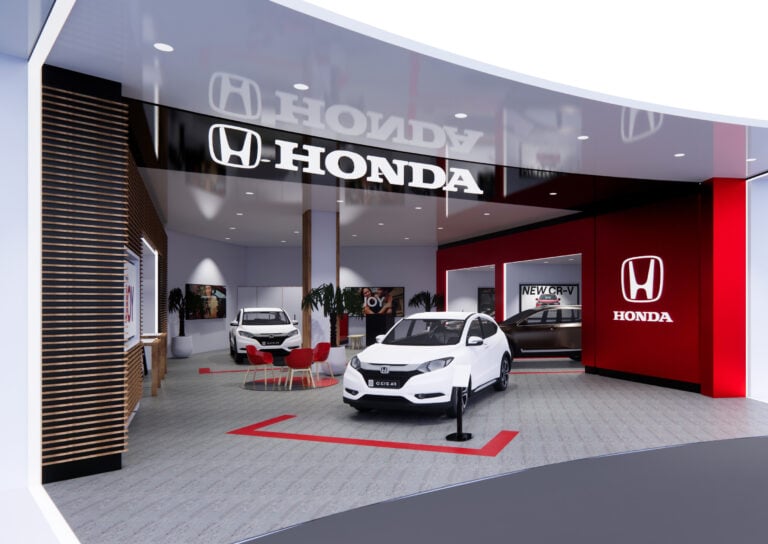Only a couple of years ago, the way we bought our new cars in Australia hadn’t drastically changed for decades – you’d go to a dealership, haggle for a better price and walk away with a deal.
Yet that’s starting to change, and not everyone is happy about it.
As a relatively new player in the automotive world here, Tesla already uses a fixed-price model to sell its vehicles. Largely dispensing with bricks and mortar dealerships, it flogs its wares online with just one price available and no bartering.
Similarly, Volvo off-shoot Polestar, which arrives on our shores next month, will use ‘Spaces’ such as shopping centres to promote its models, before directing potential customers to its website to make the purchase.

It’s not just these EV upstarts changing the way things are done – from July 1 this year, Honda moved to the ‘agency model’ whereby the company owns and controls its vehicle stock instead of selling to dealerships, and there’s fixed, national drive-away pricing, no haggling or discounts on the showroom floor.
Hot on Honda’s heels is Mercedes-Benz, which plans to introduce its own agency model from January 1, 2022 – causing the German marque to come under extreme heat in recent days, with around 40 out of 50 dealers joining forces to take the company to court claiming they’ve been forced to accept the changes against their will and seeking $650 million in compensation.

What is the agency model?
Agency models, while varying between brands and markets, typically include the carmaker owning the vehicle stock instead of selling to a dealership, which then of course on-sells to the consumer.
The second major component is a standardised national price on each and every model in a company’s line-up, bringing an end to ‘haggling’ and negotiation on how much someone wants to pay.
Agency models are already prevalent in retailing – think of Apple or Miele for example, where high-end products are not price adjusted by retailers.
Across the globe, the use of this sales strategy in the automotive industry is more widespread. Indeed, in New Zealand, Toyota operates via an agency system, while Honda has also employed the strategy there since 2001.
Mercedes-Benz itself has already introduced agency models in markets including South Africa, Austria, Sweden and in the coming years will transition to one in Germany as well.

What does it mean for me?
Essentially it means paying the same price for the same car no matter where you buy it.
According to Honda Australia, which made the switch in July this year, there are significant advantages for the customer – first and foremost being the consistent, national drive-away pricing.
“What it means for customers is that transparency and ease of buying the vehicle,” said Stephen Collins, Honda Australia’s Managing Director.
“It’s not just about one price, it’s about having the configurator on the website, and having full transparency of the car, the [cost] of the accessories [and showing] – this is the number that you will pay.”
Honda calls it the one-price-promise, and Collins explains that it’s about a smoother, better purchase experience.
“Our own research shows that 90 per cent of our customers don’t like to haggle. The majority of people don’t like it, don’t want it and don’t like the lack of transparency,” he says.
“Again, some people love it, but what will ultimately determine whether someone buys our car or not is a whole multitude of factors; what value we provide, the service costs through the life of the car. If we’re not providing good value, then people won’t buy our cars.”
That’s something that Mercedes-Benz Australia echoes, too, with its agency model for 2022 including standardised national pricing.

“There’s a number of reasons this helps customers,” said a Mercedes-Benz Australia spokesperson. “[They] won’t need to go to multiple dealerships to find the so-called best price and won’t need to rely on their negotiation skills to get a ‘good deal’.”
In terms of overcharging, think of high-demand niche models such as the Toyota Yaris GR, or the Ford Mustang Bullitt – dealers were free to add whatever market-driven mark-up they wanted regardless of the brand’s wishes.
Under an agency model, it isn’t about who can pay the most for models like these – it’s based on vehicle availability.
According to the manufacturers, that’s where the next advantage to both dealers and customers comes in – access to a much larger pool of vehicles all owned by the car company itself.
This puts an end to dealers pushing old models onto customers and also means carmakers are less likely to force that same stock onto dealers (at the dealer’s expense and often to inflate sales figures or pass on the cost of stowage).
In fact, dealers will no longer be responsible for shipping, insuring and the cost of each vehicle in their showroom under Honda and Mercedes’s strategies.

“[Under the agency model], you walk in and if you want a blue car with a white interior, provided it’s in the national stock, you’re going to get it,” says Mercedes.
“The dealer doesn’t own the stock, it doesn’t sit on the yard for 12 months – none of that. If you are a regional dealer or a city dealer, a regional customer or city customer, you will have access to exactly the same vehicles.”
Ultimately, the agency model is seen as part of the luxury buying experience for Mercedes – haggling and spending your time shopping around to cut a deal is not how it feels its customers want to spend their time.
As a result of the changeover, the company believes its customer experience should improve, and the dismantling of sale-focussed pressure will mean that perhaps walking into a new-car dealership will be far less intimidating and tense for many Australians.

That sounds great, what’s the catch?
The elimination of haggling and heading to another dealership within the same brand for a better deal is something the Australian Automotive Dealers Association (AADA) believes is not good news for consumers.
“If there’s a fixed [cost] and there’s no intra-brand competition, what’s the incentive to lower prices?” says CEO James Voortman.
“That’s going to be a significant challenge, especially for those loyal customers who’ve potentially been buying a Mercedes-Benz from the [same] dealer for years and might feel that they’re entitled to some kind of discount,” he adds.
“So we see challenges in the showroom in explaining this to the customers and, you know, some of those dealers will rightfully feel that they’ll be vulnerable to competitor brands who are able to offer discounts.
“We frame it as taking away the option for a discount. We know that consumers like discounts, and while there might be a proportion who don’t like the haggle or negotiation – it is not something dealers force consumers into, it’s something that’s initiated by the consumer.

“I just don’t think a monopoly pricing system has ever served anyone well and I think that the agency model has traits of that.”
While dealerships are forbidden by law to set pricing, an OEM is able to as it owns the entire stock of new vehicles in the country.
Honda disagrees, it says brands can’t afford to price themselves out of the Australian market.
“We have to provide good value – great value – because there’s 60-odd brands fighting for 1.1million units,” says Aussie boss Collins.
There’s also the question of how it works to trade in your old car or service it under this system.
Trade-ins and servicing will remain the same under both Mercedes and Honda’s agency models. In New Zealand, Honda’s approach also applies to its parts business – but that won’t happen here.
“When a new car is sold in a dealership, often that transaction involves the trade-in of another vehicle,” says Voortman. “I don’t know if it’s possible to have a true fixed-priced model when so many trade-ins are involved, because it just shifts the negotiation onto the trade-in.”

What about the dealers?
While the AADA is not outright opposed to an agency approach, it’s not exactly in favour of it either.
“We’re pretty open-minded on agency models,” says CEO James Voortman. “It must be said that not all are the same and we’ve already seen differences between the ones presented by Mercedes and Honda.”
However, the organisation believes its members know best what the customers want.
“The main thing is, and this isn’t a criticism of manufacturers, it’s just a different skillset manufacturing a vehicle to retailing [one],” says Voortman.
“And we’ve seen brands try it in the past and there’s just too much of a disconnect between the factory and the customer.”
“It’s not so much the introduction of another business model,” says MTAA (Motor Trades Association of Australia) CEO, Richard Dudley. “It’s how you choose to introduce that business model, how it impacts and what you’re required to do under the relationship you’ve had, in many instances for up to 50 years.”
New regulations surrounding dealer franchisees and the working relationship with manufacturers came into effect in July 1, 2021.
It’s important to remember that dealerships that operate agency models are in many cases still franchises; an agency model does not change this.
Yet neither Mercedes nor Honda say they are looking to take over the job of retailing, and dealerships remain extremely valuable as the face of an OEM’s brand – a human touchpoint.
“The incentive isn’t about selling more cars, it’s about a better customer experience,” says Mercedes’s spokesperson.

“I think there’s a lot of misinformation going around,” adds Honda boss Collins.
“We’ve still got showrooms, we’ve still got service facilities, we’ve still got test-drive cars, we’ve still got people in the dealerships doing a great job.
“The whole human element is just massively important, whether it’s agency or franchise. We’re not selling every car online – all that sort of rubbish is just not true.”
Dudley says the agency model can work like any relationship – provided there’s mutual trust, recognition and obligation between the franchisor and franchisee.
“Some brands out there seemingly are not swayed by the agency model, they prefer the dealership model, and there are new entrants into the market that are saying they’ll have a hybrid of both.
“A lot of people have misinterpreted that this is about preserving the status quo of the dealership model – it’s not. The agency [strategy] can serve a purpose, provided the relationship that underpins it is as strong as [it is at] most dealerships.”

What’s the legal stoush between Mercedes and its dealers?
Mercedes-Benz Australia is facing legal action from its dealer network, the majority of whom are looking for compensation over the implementation of an agency model.
Dealers rejected Mercedes’s fixed pricing model during negotiations on new franchise agreements going forward; the fact that Mercedes will implement them in January 2022 regardless has prompted the dealer’s legal bid.
It suggests that many of the brand’s 53 dealers signed the new agency agreement under duress, and that Mercedes-Benz Australia didn’t act with ‘goodwill’ after failing to reach an agreement on compensation for the model.

What do the numbers say?
According to the Federal Chamber of Automotive Industries (FCAI), which has 99 per cent of Australian car dealers among its members, only four per cent of profit is from new-car sales. That’s from its 2019 pre-COVID data of the top 30 per cent of new car dealers in the country.
That’s still a significant slice of income for dealers – especially in the case of AP Eagers, which is the largest dealer network in the country with more than 30 brands and 9.2 per cent of the market. Its 2020 revenues were $8.7 billion.

The FCAI data also showed used cars as making up eight per cent of profits, finance and insurance at 20 per cent, parts at 22 per cent and servicing the most lucrative at 45 per cent. This means that dealers – or agents – will maintain the most profitable parts of the business and will still be paid for each new-vehicle sale, too.
“Innovation and competition are kings across the retail landscape. Despite this, some car dealers want to immune themselves from change, even when customers are crying out for new ways to do business,” said FCAI Chief Executive, Tony Weber.
“Efficient, effective markets rely on innovation, transparency and flexibility – the new car market is no different.”

What’s the upshot?
In the end, consumers will decide what works best, as Australians typically will simply vote with their wallets.
Buying a new car is a hugely emotional purchase, and a significant financial outlay for most people, whether using an agency model or otherwise, every carmaker and dealership needs to keep Australian buyers happy or they’ll lose out to rivals in one of most competitive markets in the world.
We recommend
-
 News
NewsHonda’s July sales hit by agency model change
Data shows a decline in Honda’s sales over the last few months, but there are a few reasons why
-
 News
NewsMercedes-Benz 'selling $1.5 billion worth of dealerships across Europe'
Approximately 25 dealerships and service centres thought to be going up for sale
-
 News
NewsHonda details fixed-price model coming Down Under
Customers will pay the same drive-away price wherever they are in the country and some dealerships will get the chop





